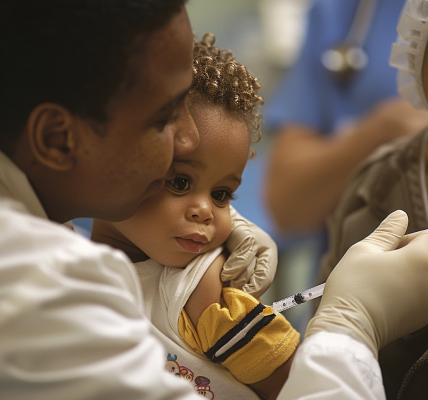In recent developments within the realm of autism research, a variety of studies and findings have emerged, shedding light on the complexities of autism spectrum disorder (ASD) and its associated factors. This roundup highlights significant advancements and observations from the week of November 4, 2024.
One notable study has introduced a modified suicide-risk screening tool specifically designed for individuals on the autism spectrum. This tool has demonstrated a strong correlation with clinician-based assessments, suggesting its potential utility in identifying suicidal thoughts and behaviors among autistic individuals. Previous discussions have highlighted the importance of tailored assessments for this population, given the unique challenges they may face.
In another intriguing study, researchers examined mice that lack the FMR1 gene, which serves as a model for fragile X syndrome. These mice exhibited behaviors akin to autism, alongside significant disruptions in neural connections between the hippocampus and prefrontal cortex. This finding underscores the intricate relationship between genetic factors and neural development in the context of autism.
Sleep disturbances have also been a focal point of research, with juvenile mice showing impaired cognitive performance and altered synaptic function due to sleep disruptions. The implications of these findings are significant, as they may provide insights into the sleep-related challenges often experienced by individuals with autism.
Further investigations into the SHANK3 gene, known for its association with autism, revealed that mice carrying variants of this gene exhibited altered sleep patterns that were notably different between males and females. This gender-specific difference in sleep behavior could have important implications for understanding the biological underpinnings of autism and its varying manifestations across genders.
Another study reported on three children with deletions in the CHASERR gene, which encodes a long noncoding RNA. These children displayed increased expression of the CHD2 gene and presented with a clinical syndrome characterized by encephalopathy and cerebral hypomyelination. This research adds to the growing body of evidence suggesting that noncoding regions of the genome may play a significant role in the development of autism and related disorders.
The neuropsychiatric landscape of adolescents with 22q11.2 deletion syndrome has also come under scrutiny. Research indicates that most adolescents with this condition exhibit at least one neuropsychiatric trait, regardless of whether they have received a formal diagnosis. This finding emphasizes the need for heightened awareness and understanding of the mental health challenges faced by this population.
In terms of autism diagnosis trends, recent data reveals that young adults and women have experienced the most significant increases in autism diagnoses in the United States between 2011 and 2022. This trend raises important questions about the evolving understanding of autism and the factors contributing to these rising rates.
As the field of autism research continues to evolve, it is crucial for individuals and families affected by autism to remain informed about the latest findings and available resources. For those experiencing suicidal thoughts or crises, immediate support is available through various global hotlines and resources.
Stay updated with the latest advancements in autism research by subscribing to regular newsletters that provide insights into ongoing studies and emerging trends in the field.





